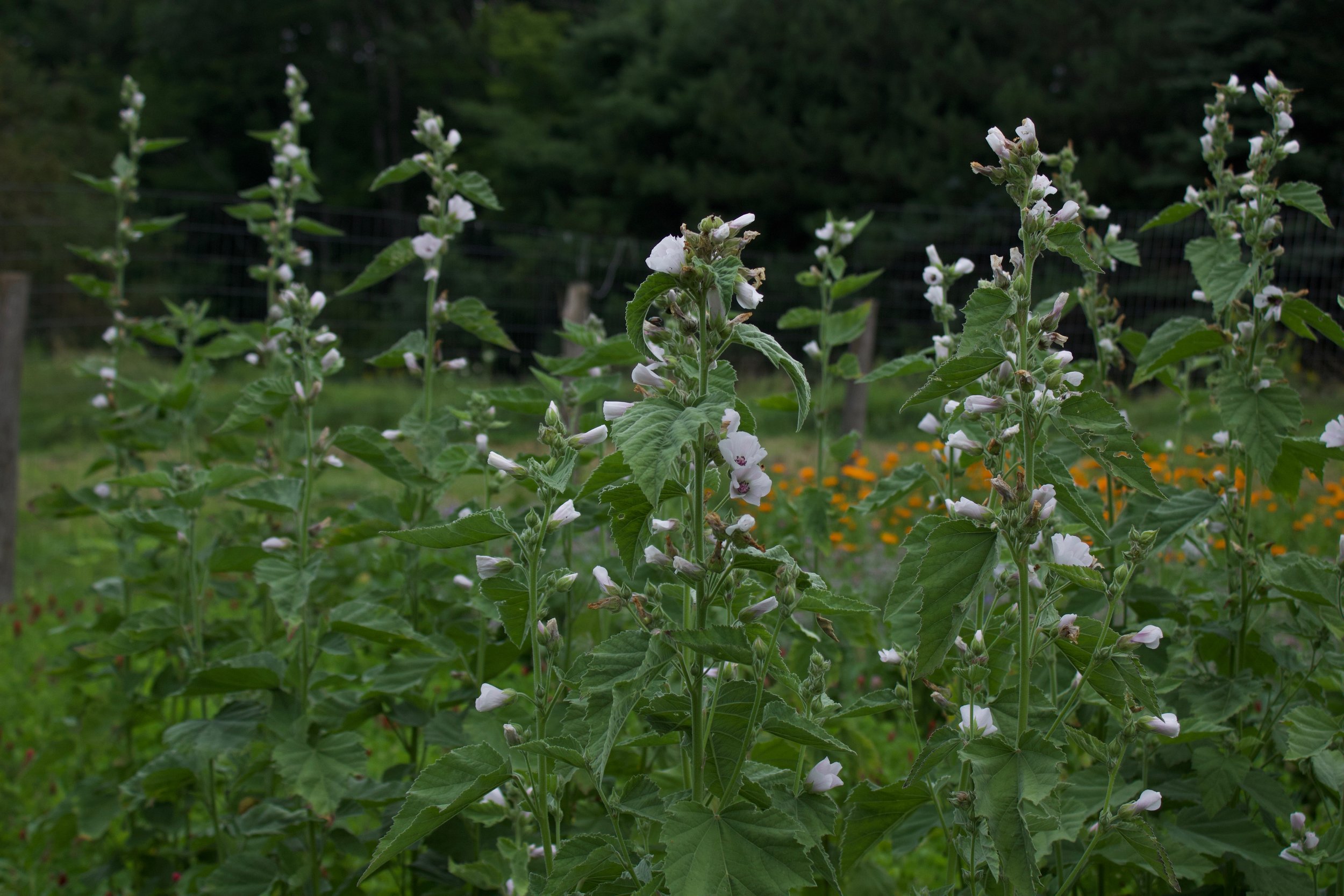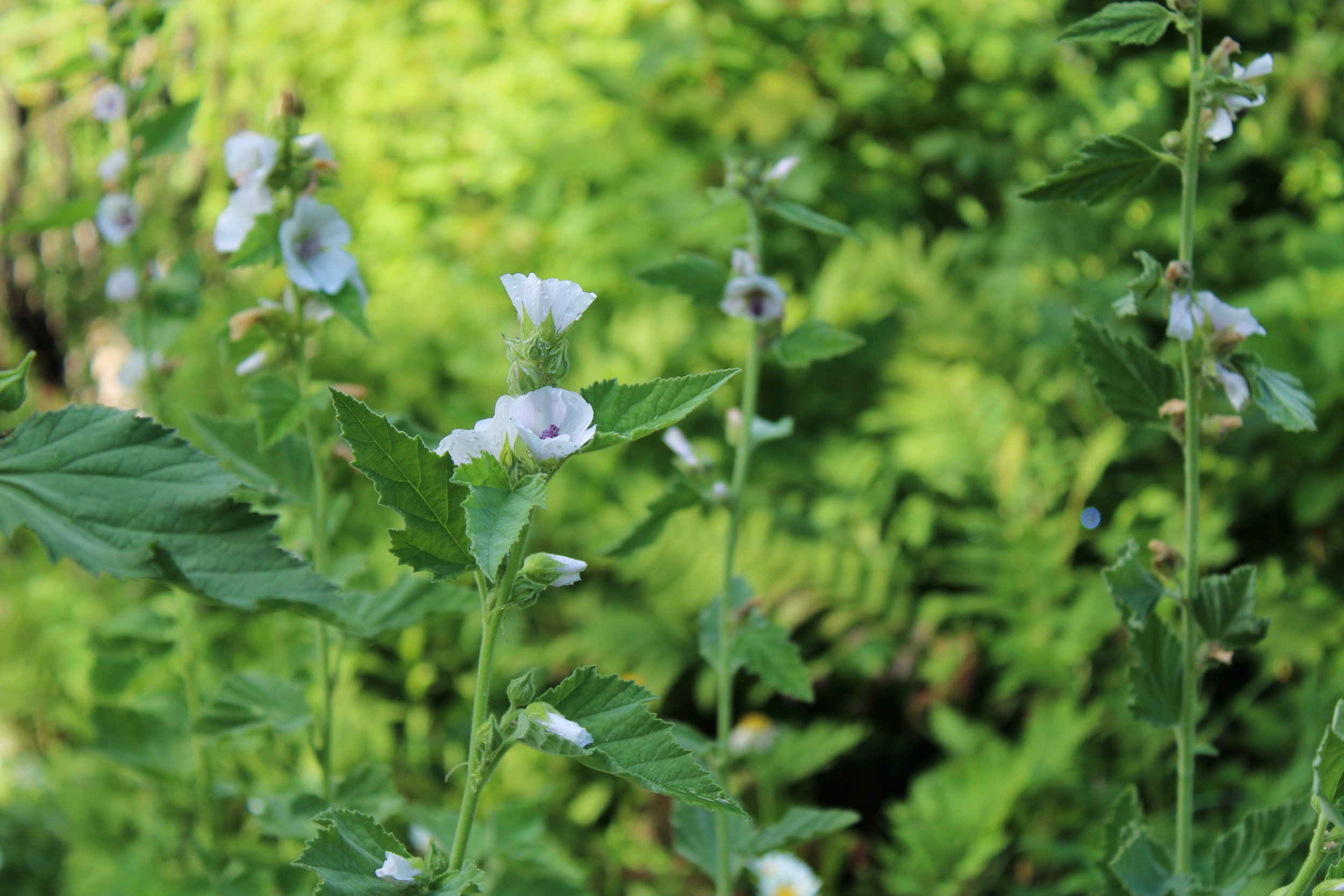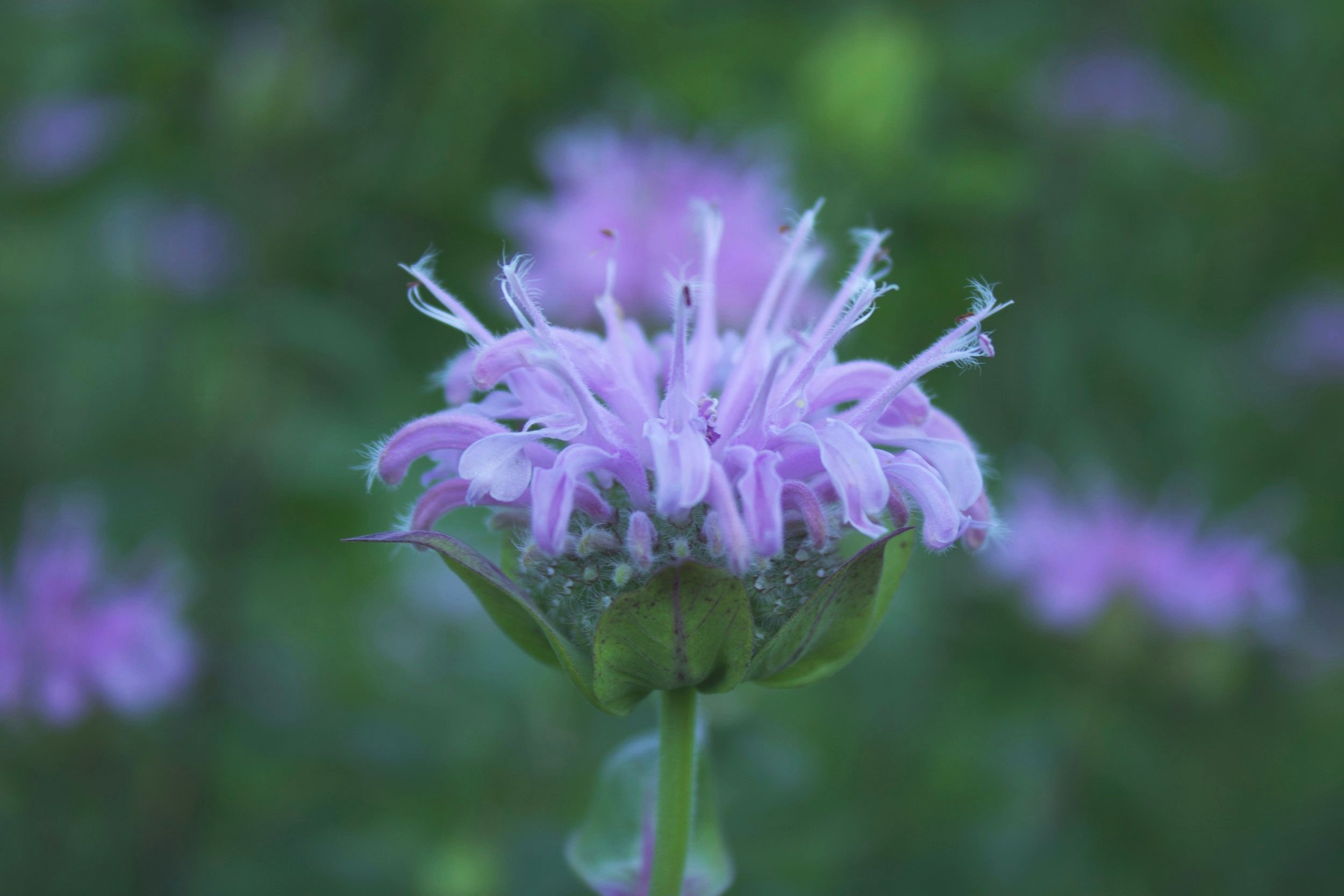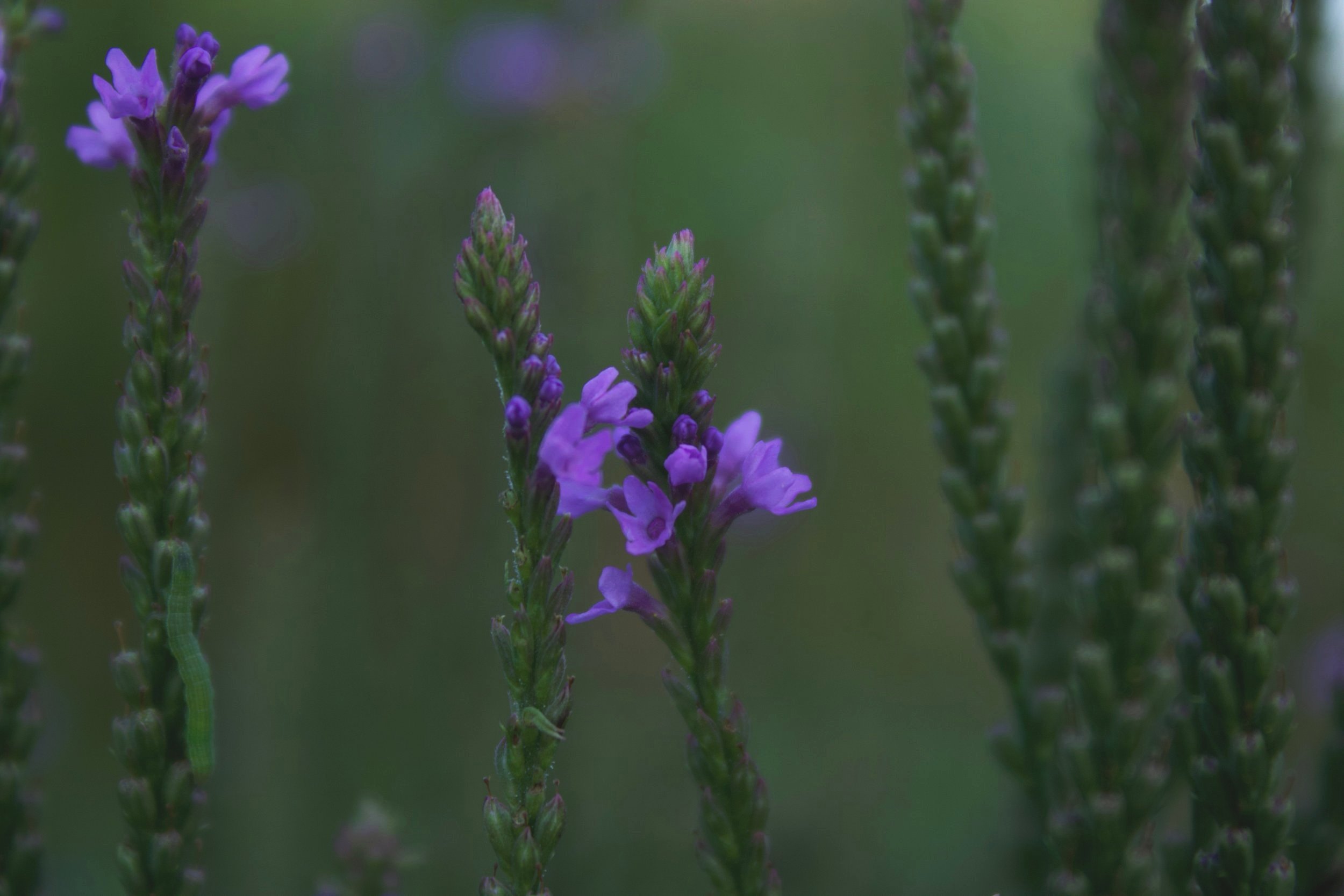St. John's Wort
Hypericum perforatum
Native to Europe, Western Asia and Northern Africa holding deep medicinal and spiritual significance. When the solar energy peaks at the end of June you can anticipate a cascade of tiny cheerful golden flowers blossoming atop this bushy carefree perennial. Its common name, St. John’s Wort, comes from the timing of its bloom which is on or around the Summer Solstice. St. John’s Day replaced many Pre-Christian cultural celebrations of Midsummer in Europe and thusly the herb marking the commencement of the solar celebration was eventually renamed. The genus is derived from the Greek ὑπέρεικον (hyperikon) which lends insight to the many ways this herb was historically used. “Hyper” meaning above and “eikon” meaning icon, referring to an icon of religious or spiritual nature, a likeness or portrait, or a mirror. Hypericum was perceived as a protective herb with strong solar energy and placing it above liminal spaces such as icons, altars and mirrors could protect from nefarious spirits and negative influences. It was also placed above doorways and woven into clothing for additional protection when needed. Today it is most widely known for treating mild or seasonal depression and anxiety. The warming and calming volatile oils secrete from the tiny pinprick sized oil glands on the leaves, which when seen from a bird’s eye view, grow in a pattern that resemble the equilateral arms of a solar cross, a symbol found in many traditions. When crushed these leaves emit a red oil that has a powerful soothing effect on the nervous system. Please note that ingesting hypericum can enhance photosensitivity, causing sunburn.
Medicinal uses of Hypericum perforatum listed are for informational purposes and not mean as replacement for medical assessment and care by a qualified practitioner such as an herbalist or naturopathic physician.
Sowing and Growing Information Coming Soon!


















